N-PHENYLGLYCINE ETHYL ESTER
- CAS NO.:2216-92-4
- Empirical Formula: C10H13NO2
- Molecular Weight: 179.22
- MDL number: MFCD00038315
- EINECS: 218-702-2
- SAFETY DATA SHEET (SDS)
- Update Date: 2024-12-18 14:15:30
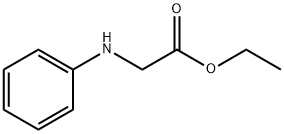
What is N-PHENYLGLYCINE ETHYL ESTER?
Chemical properties
white to light beige crystalline powder
Properties of N-PHENYLGLYCINE ETHYL ESTER
| Melting point: | 53-56 °C |
| Boiling point: | 140 °C / 8mmHg |
| Density | 1.1248 (rough estimate) |
| refractive index | 1.5710 (estimate) |
| storage temp. | Keep in dark place,Inert atmosphere,Room temperature |
| pka | 1.74±0.50(Predicted) |
| form | Crystalline Powder |
| color | White to light beige |
| Merck | 14,7292 |
| CAS DataBase Reference | 2216-92-4(CAS DataBase Reference) |
| EPA Substance Registry System | Glycine, N-phenyl-, ethyl ester (2216-92-4) |
Safety information for N-PHENYLGLYCINE ETHYL ESTER
| Signal word | Warning |
| Pictogram(s) |
 Exclamation Mark Irritant GHS07 |
| GHS Hazard Statements |
H302:Acute toxicity,oral |
| Precautionary Statement Codes |
P264:Wash hands thoroughly after handling. P264:Wash skin thouroughly after handling. P270:Do not eat, drink or smoke when using this product. P301+P312:IF SWALLOWED: call a POISON CENTER or doctor/physician IF you feel unwell. P501:Dispose of contents/container to..… |
Computed Descriptors for N-PHENYLGLYCINE ETHYL ESTER
New Products
Tert-butyl bis(2-chloroethyl)carbamate (S)-3-Aminobutanenitrile hydrochloride N-Boc-D-alaninol N-BOC-D/L-ALANINOL 3-(2,4-Dimethoxybenzyl)dihydropyrimidine-2,4(1H,3H)-dione 7-Bromo-1H-indazole N-octanoyl benzotriazole 3,4-Dibenzyloxybenzaldehyde 4-Hydrazinobenzoic acid Electrolytic Iron Powder Fmoc-Val-Cit-PAB 1,1’-CARBONYLDIIMIDAZOLE R-2-BENZYLOXY PROPIONIC ACID 4-HYDROXY BENZYL ALCOHOL 1,1’-CARBONYLDI (1,2-4 TRIAZOLE) S-2-CHLORO PROPIONIC ACID (2-Hydroxyphenyl)acetonitrile 4-Bromopyrazole 5-BROMO-2CYANO PYRIDINE 5,6-Dimethoxyindanone 5-broMo-2-chloro-N-cyclopentylpyriMidin-4-aMine 1-(4-Methylphenylsulfonyl)-1H-1,2,3-benzotriazole 1-(2-Chlorobenzyl)-4-nitro-1H-pyrazole 1-(2-Nitrophenyl)-4-phenylpiperazineRelated products of tetrahydrofuran
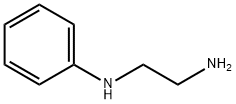
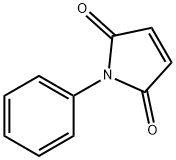
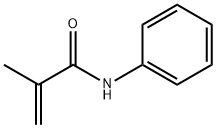
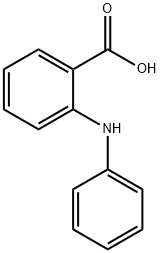
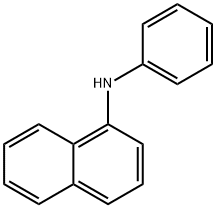
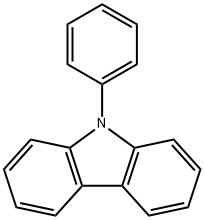


You may like
-
 N-Phenylglycine ethyl ester 98% CAS 2216-92-4View Details
N-Phenylglycine ethyl ester 98% CAS 2216-92-4View Details
2216-92-4 -
 N-Phenylglycine Ethyl Ester CAS 2216-92-4View Details
N-Phenylglycine Ethyl Ester CAS 2216-92-4View Details
2216-92-4 -
 n-phenylglycine ethyl ester CAS 2216-92-4View Details
n-phenylglycine ethyl ester CAS 2216-92-4View Details
2216-92-4 -
 Ste-Glu-AEEA-AEEA-OSUView Details
Ste-Glu-AEEA-AEEA-OSUView Details
1169630-40-3 -
 1446013-08-6 Fmoc-His-Aib-OH TFA 98%View Details
1446013-08-6 Fmoc-His-Aib-OH TFA 98%View Details
1446013-08-6 -
 127464-43-1 99%View Details
127464-43-1 99%View Details
127464-43-1 -
 2-ETHYLPYRIDINE 100-71-0 99%View Details
2-ETHYLPYRIDINE 100-71-0 99%View Details
100-71-0 -
 13162-05-5 99%View Details
13162-05-5 99%View Details
13162-05-5
Statement: All products displayed on this website are only used for non medical purposes such as industrial applications or scientific research, and cannot be used for clinical diagnosis or treatment of humans or animals. They are not medicinal or edible.